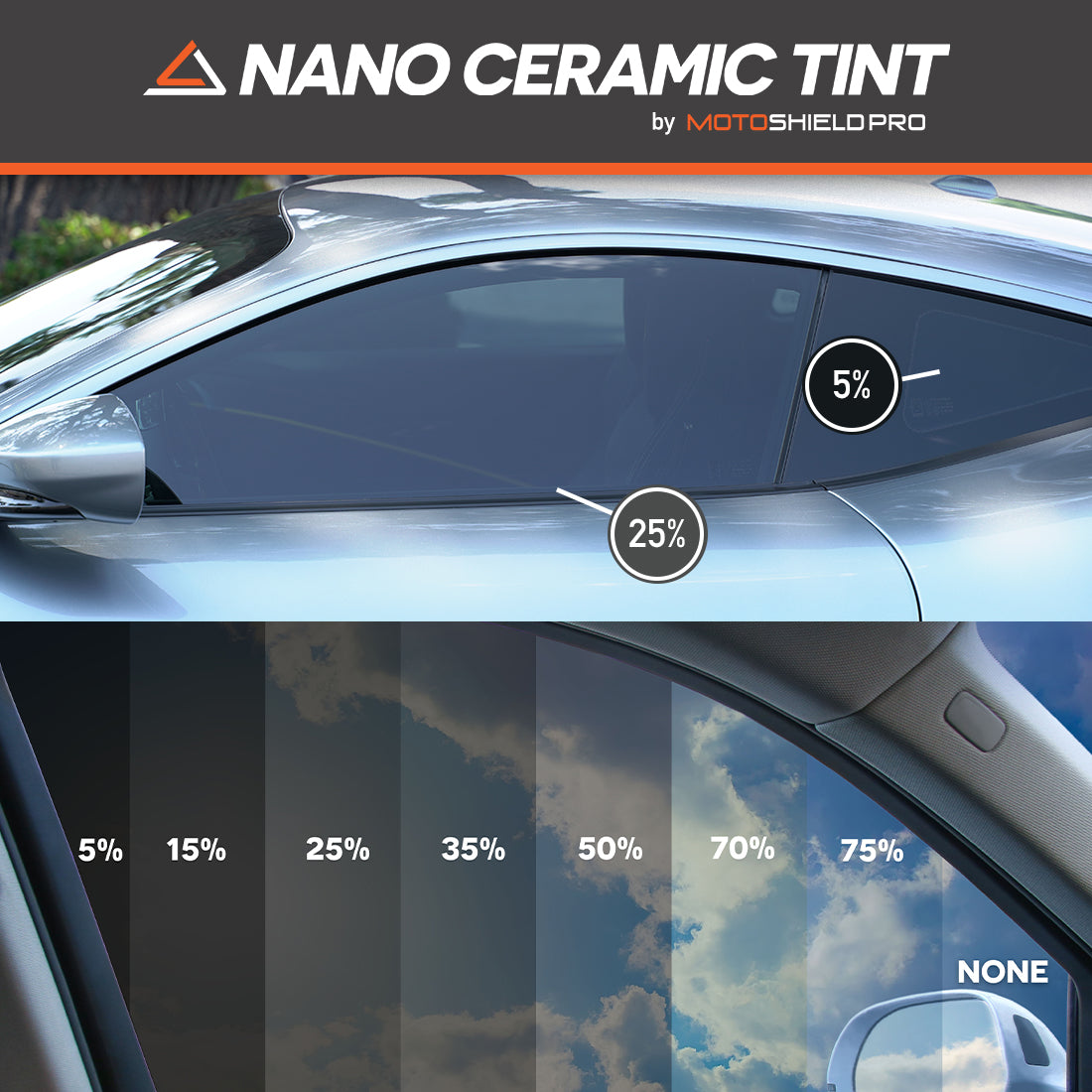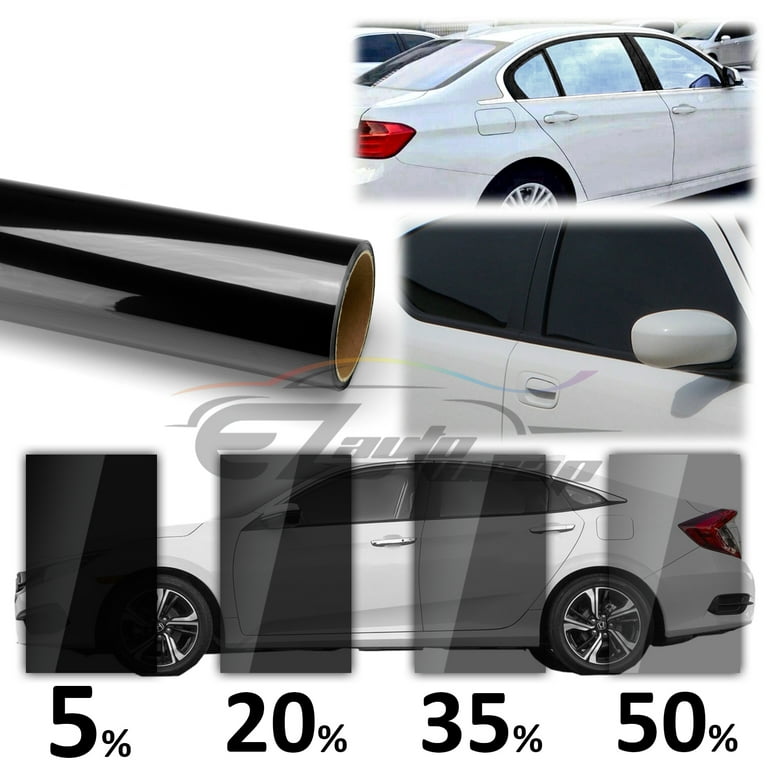The Scientific Research Behind Auto Window Tinting and UV Ray Security
Wiki Article
Home Window Tinting Laws and Guidelines: What You Need to Know Before Tinting Your Cars And Truck
Prior to continuing with home window tinting for your lorry, it is crucial to acquaint yourself with the varied regulations and standards that control this technique throughout various states. These regulations determine the allowable levels of tint darkness, frequently gauged by visible light transmission (VLT) percents, and include details specifications for front windscreens intended at guaranteeing roadway safety and security.Introduction of Window Tinting Laws
Home window tinting laws are frequently based on variation across different jurisdictions, showing neighborhood guidelines and safety and security considerations. These laws dictate the allowable degrees of tint darkness and reflectiveness on car windows, making sure that motorists maintain sufficient exposure while also protecting against hazardous UV rays and warm.The majority of regulations identify home window tinting based upon the Visible Light Transmission (VLT) percentage, which shows the quantity of light that can go through the home window. Usually, reduced VLT percentages indicate darker colors. Regulations commonly separate in between the front, side, and rear home windows, with stricter constraints used to the front windshield to boost safety and security for both the vehicle driver and various other roadway individuals.
Compliance with home window tinting policies is essential, as violations can result in fines, required removal of the color, and potential boosts in insurance coverage costs. It is important for lorry owners to familiarize themselves with local legislations prior to proceeding with home window tinting installations.
State-by-State Tint Laws
Recognizing the specific home window tinting regulations in each state is essential for car proprietors looking for to abide by the regulation. Each state in the united state has established its very own collection of regulations controling window tinting, which can vary significantly. These regulations often dictate the allowed degrees of tint darkness, the sorts of home windows that can be tinted, and any kind of clinical exceptions that may use.As an example, states like California have rigorous constraints on color darkness for front windows, while others, such as New Mexico, may permit darker colors. Additionally, particular states mandate details visibility percents for various windows, consisting of the windshield, front side windows, and rear windows. It is essential for cars and truck owners to acquaint themselves with their state's laws to prevent prospective penalties or charges.
In addition, some states might need a qualification sticker label to be put on colored home windows, showing conformity with state laws. Failing to adhere to these laws not only risks legal effects yet can also influence safety and security and presence while driving. Vehicle owners ought to carry out detailed study or consult neighborhood authorities to ensure full understanding and conformity with state-by-state color policies.
Allowed Color Types and degrees
Many lorry owners might be amazed to discover that permitted color levels and kinds differ widely across various states. Each state has actually established its own regulations relating to the permissible darkness and reflectivity of window tint, frequently determined by Visible Light Transmission (VLT) portions. VLT refers to the amount of light that can pass through the tinted home windows; thus, a lower portion indicates a darker color.
Furthermore, the kinds of color products permitted can vary, with some states forbiding metallic or mirror-like surfaces. It is essential for car proprietors to familiarize themselves with their state's certain regulations to ensure conformity. Non-compliance can lead to fines, compulsory elimination of the tint, or various other legal consequences, making it critical to comprehend these laws prior to continuing with installation.
Medical Exceptions for Tinting
While not all states give allocations for clinical exceptions concerning home window tinting, those that do acknowledge the need for specific individuals to enhance visibility and convenience because of medical conditions. Various medical problems, such as lupus, skin cancer cells, and specific eye conditions, can make individuals especially conscious sunlight. These people may need darker tints to protect themselves from harmful UV rays and glare.
It is essential to note that despite having a medical exemption, there may still be restrictions on the level of color enabled. Compliance Read More Here with state legislations makes sure that individuals are both safeguarded and within lawful restrictions. Those thinking about clinical exceptions should contact their neighborhood Division of Electric motor Cars or equivalent authority to comprehend the demands and procedures necessary to request an exception properly.
Fines for Non-Compliance
Stopping working to abide by window tinting laws can bring about significant fines, which differ by state. Law enforcement agencies are empowered to provide citations for automobiles that do not comply with the specified tinting guidelines. These penalties typically include penalties, which can range from small amounts to several hundred dollars, relying on the intensity of the violation and the state concerned.In some jurisdictions, repeated offenses may lead to escalating penalties or added fines, such as mandatory court appearances. Non-compliance may demand the removal of unlawful tinting, often at the proprietor's expense. In severe cases, regular transgressors might deal with suspension of their automobile enrollment up until conformity is achieved.
Furthermore, insurance policy implications might occur from obtaining numerous citations for home window tint offenses. Insurance firms might see such infractions as a sign of riskier behavior, potentially causing raised costs or trouble in protection.
To stay description clear of these charges, it is essential for vehicle owners to familiarize themselves with their local home window tinting laws and guarantee that their vehicle link complies (Window Tinting). This aggressive strategy not only avoids legal implications but likewise promotes road safety and security
Conclusion

A lot of guidelines categorize window tinting based on the Visible Light Transmission (VLT) portion, which indicates the quantity of light that can pass with the home window. Conformity with home window tinting guidelines is vital, as offenses can result in penalties, compulsory elimination of the tint, and potential increases in insurance premiums.Recognizing the particular window tinting guidelines in each state is essential for vehicle owners seeking to conform with the regulation. These guidelines often determine the allowed levels of tint darkness, the kinds of home windows that can be tinted, and any clinical exceptions that might apply.
For instance, states like The golden state have rigid constraints on color darkness for front windows, while others, such as New Mexico, may allow darker tints.
Report this wiki page